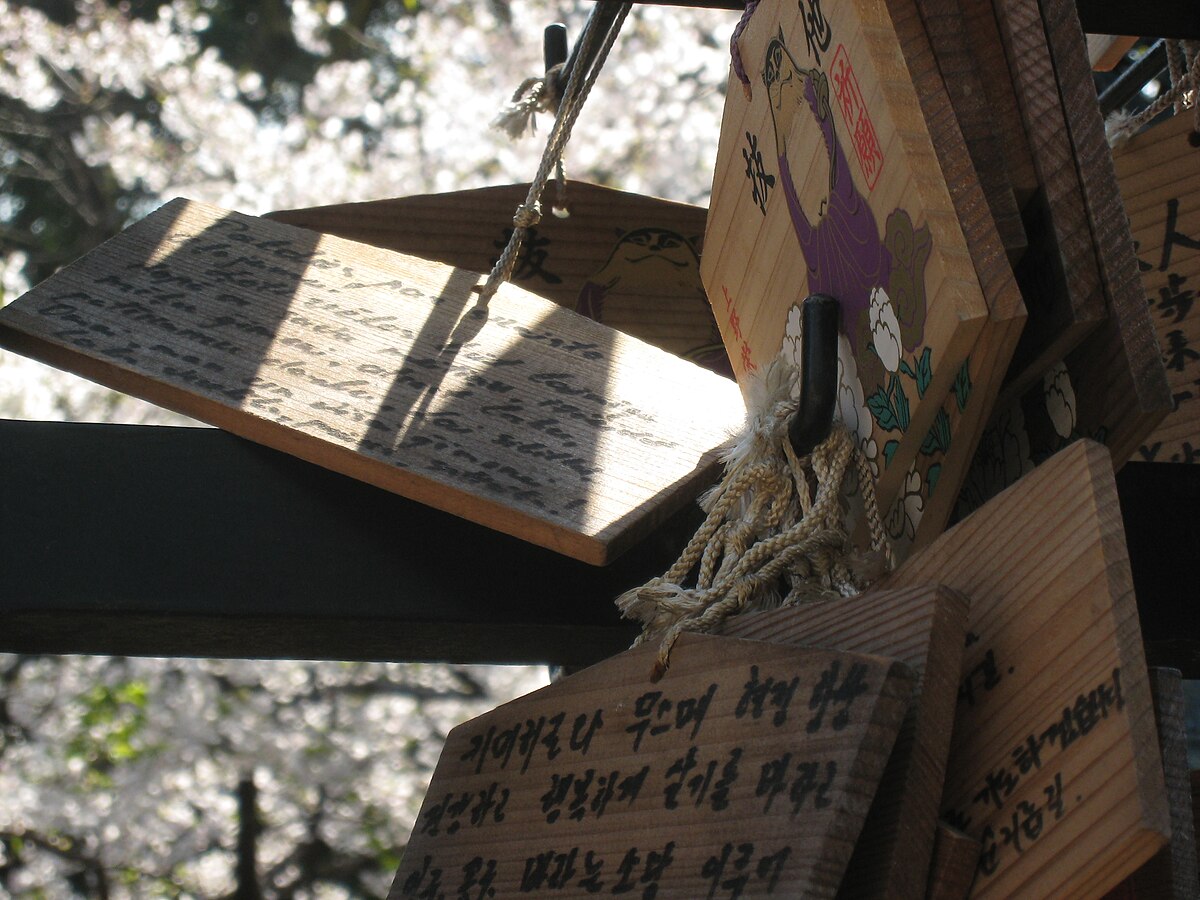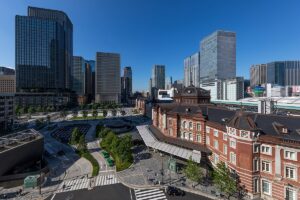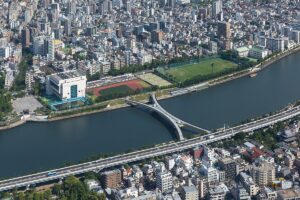Overview (history, characteristics, attractions)
Ueno Park (Ueno Park) is a large urban park in Tokyo's Taito Ward, and was one of the first parks developed in Japan in 1873 (Meiji 6). During the Edo period, the area was home to a temple (Kanei-ji) and graveyard associated with the Tokugawa Shogunate, and the Meiji government converted the site into a park. The spacious park is home to major cultural facilities such as the National Museum of Western Art, Tokyo National Museum, National Museum of Nature and Science, and Tokyo Metropolitan Art Museum, as well as Ueno Zoo, Shinobazu Pond, and historic shrines and temples, making it an attractive area that combines culture, nature, and leisure.
Highlights
- Cherry blossom trees (cherry blossom viewing)The spring cherry blossoms are famous throughout the country, with hundreds of Somei Yoshino cherry trees blooming throughout the park. The park is sometimes lit up at night, and is bustling with people during the cherry blossom season.
- Shinobazu Pond: This pond is a popular spot for taking photos, with the floating Bentendo (Shinobazu Pond Bentendo) in the background. It is also recommended for observing lotus flowers in the summer and waterfowl in the fall.
- Ueno Zoo: One of Japan's oldest zoos, housing a wide variety of animals including pandas. Popular with families (please check the facility's official website for admission fees and opening days).
- National and metropolitan museums and art galleries: The Tokyo National Museum (Japanese art and archaeological collections), the National Museum of Western Art, the National Museum of Nature and Science, and the Tokyo Metropolitan Art Museum all have extensive permanent and special exhibitions, making them ideal for a cultural stroll.
- Sculptures and monuments in Ueno ParkThere are traces of history and culture throughout the park, such as the statue of Saigo Takamori, various stone monuments, and outdoor sculptures.
- Ameyoko (Ameya Yokocho): A lively shopping street that stretches to the south of the park, where you can enjoy eating and shopping (it's in a different area but within walking distance).
Access (nearest station, transportation, etc.)
- JR: 3-5 minutes walk from Ueno Station (Yamanote Line, Keihin-Tohoku Line, Joban Line, etc.). Convenient access from the Park Exit or Central Ticket Gate.
- Tokyo Metro: Ueno Station on the Ginza Line and Hibiya Line, Nezu Station and Sendagi Station on the Chiyoda Line (somewhat far away). If you are using the Ginza Line, you can also access it from Ueno-Hirokoji Station.
- Keisei Electric Railway:About a 5-minute walk from Keisei Ueno Station. Convenient access from Narita Airport (using the Skyliner).
- Bus/Car: Although there are metropolitan bus routes in the area, as it is in the city center, parking is limited and the area tends to get crowded, so we recommend using public transportation.
- There are multiple entrances to the park, so it is convenient to choose the entrance that best suits your destination, such as the Ueno Station area (Park Exit), Okachimachi, or Ueno Hirokoji.
Estimated stay (estimated time required)
- Short walk: 30 minutes to 1 hour (walking around the pond, sculptures, and plaza)
- Visit 1-2 major sites: 2-4 hours (1 zoo or 1 museum + walking tour)
- Slow sightseeing (visiting multiple museums and the zoo): Half a day to a full day (4 to 8 hours)
Nearby spots
- Ameya Yokocho (Ameyoko): A lively market lined with food, clothing and general goods stores.
- Ueno Royal Museum: An art museum that frequently holds special exhibitions.
- Yanaka (Yanaka Ginza): A popular strolling spot with its old-fashioned townscape and downtown cuisine.
- Asakusa (Sensoji Temple): Historical tourist spots are just one stop away on foot or by train.
- Akihabara: Enjoy shopping and gourmet food in the heart of the electronics district and otaku culture.
Things to be aware of (crowds, manners, seasonal precautions, etc.)
- congestion: The area is extremely crowded during the cherry blossom viewing season (usually late March to early April), Golden Week, and weekends. Please plan ahead as travel and photography can take time during busy periods.
- Cherry Blossom Viewing EtiquetteDrinking alcohol is permitted, but please be mindful of etiquette, such as not blocking aisles with large sheets to reserve a spot, always taking your trash home or putting it out in the designated collection point, and not making too much noise. The use of fire (such as barbecues) is generally prohibited.
- Museum and zoo precautionsEach facility has its own rules for exhibiting and protecting the exhibits (such as restrictions on photography and eating and drinking). Please check the official website in advance for closing days (most are Mondays) and opening hours and prices for special exhibitions.
- Safety/Health: It can be very hot in the summer and very cold in the winter, so please dress appropriately and stay hydrated. There are also some slippery areas around the pond, so please be careful when walking.
- Pets: Dogs are allowed in some areas of the park, but not in the zoo or indoor facilities. Please observe proper etiquette, such as keeping dogs on a leash and cleaning up their droppings.
- Barrier-free: Major passageways and facilities are barrier-free, but please note that there may be steps or narrow passageways at busy times and in some older facilities, so we recommend checking the route in advance.
Ueno Park is an oasis in the city where history, culture, and nature coexist in abundance. You can enjoy it efficiently by planning your time and route according to your purpose of visit (cherry blossom viewing, visiting museums, visiting the zoo, strolling).




